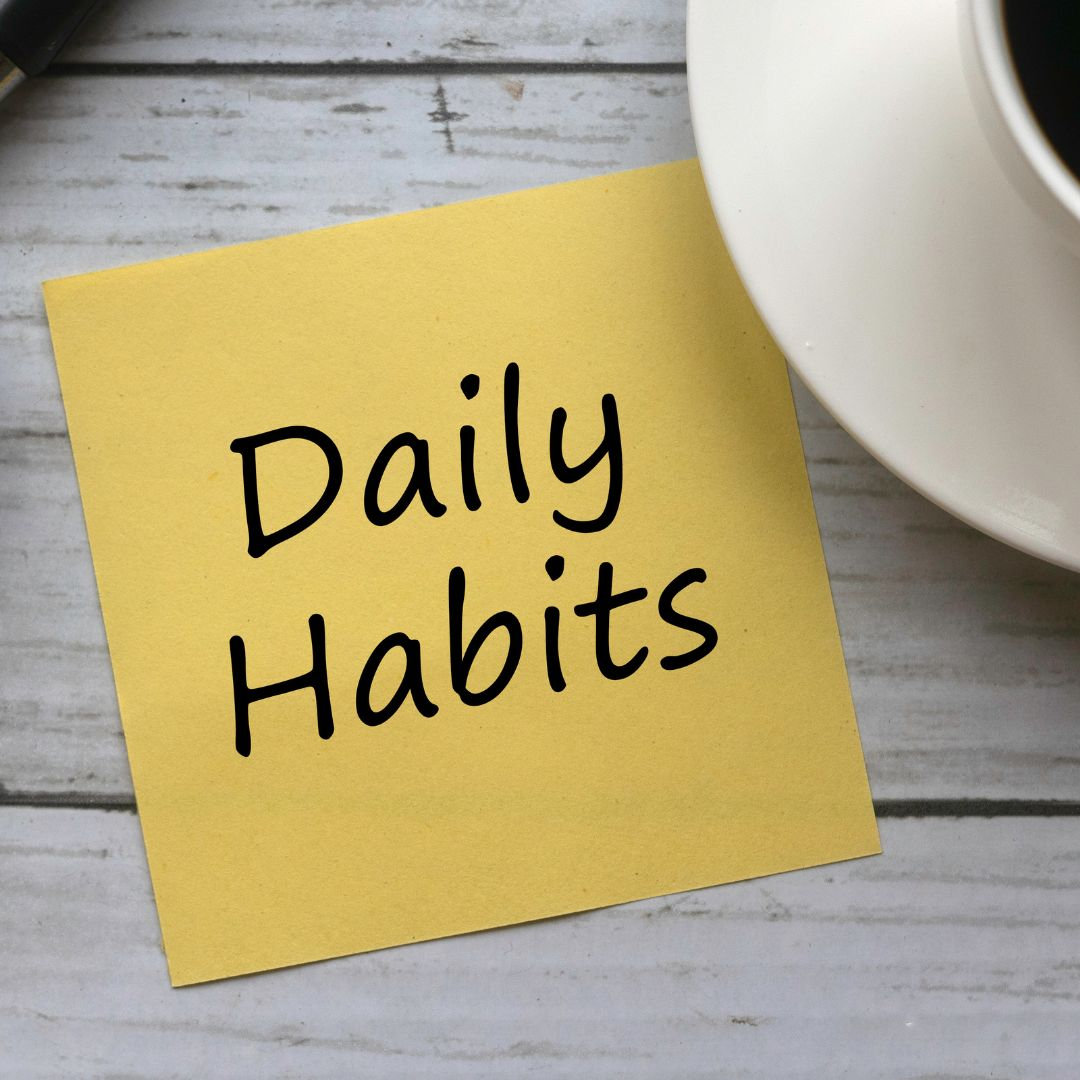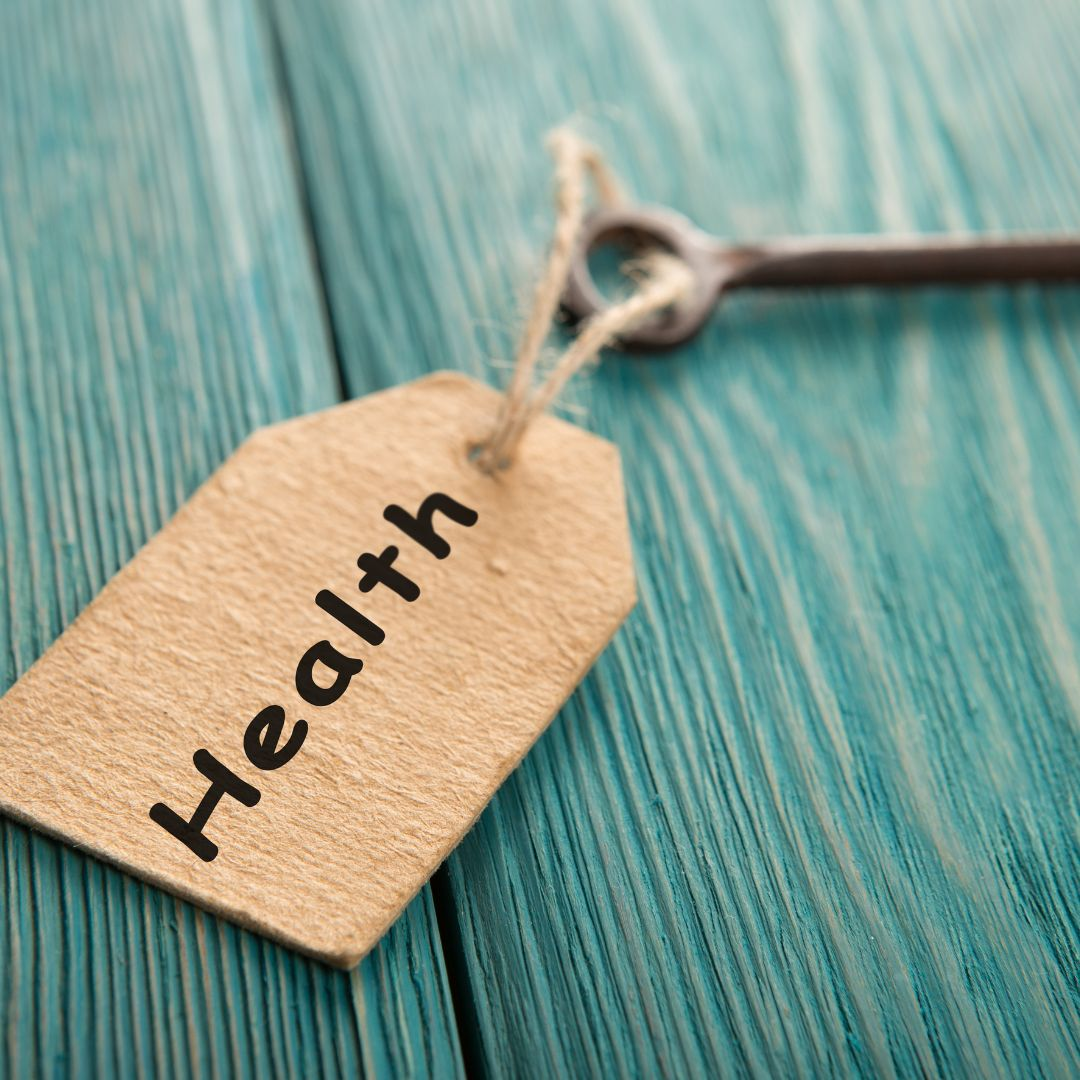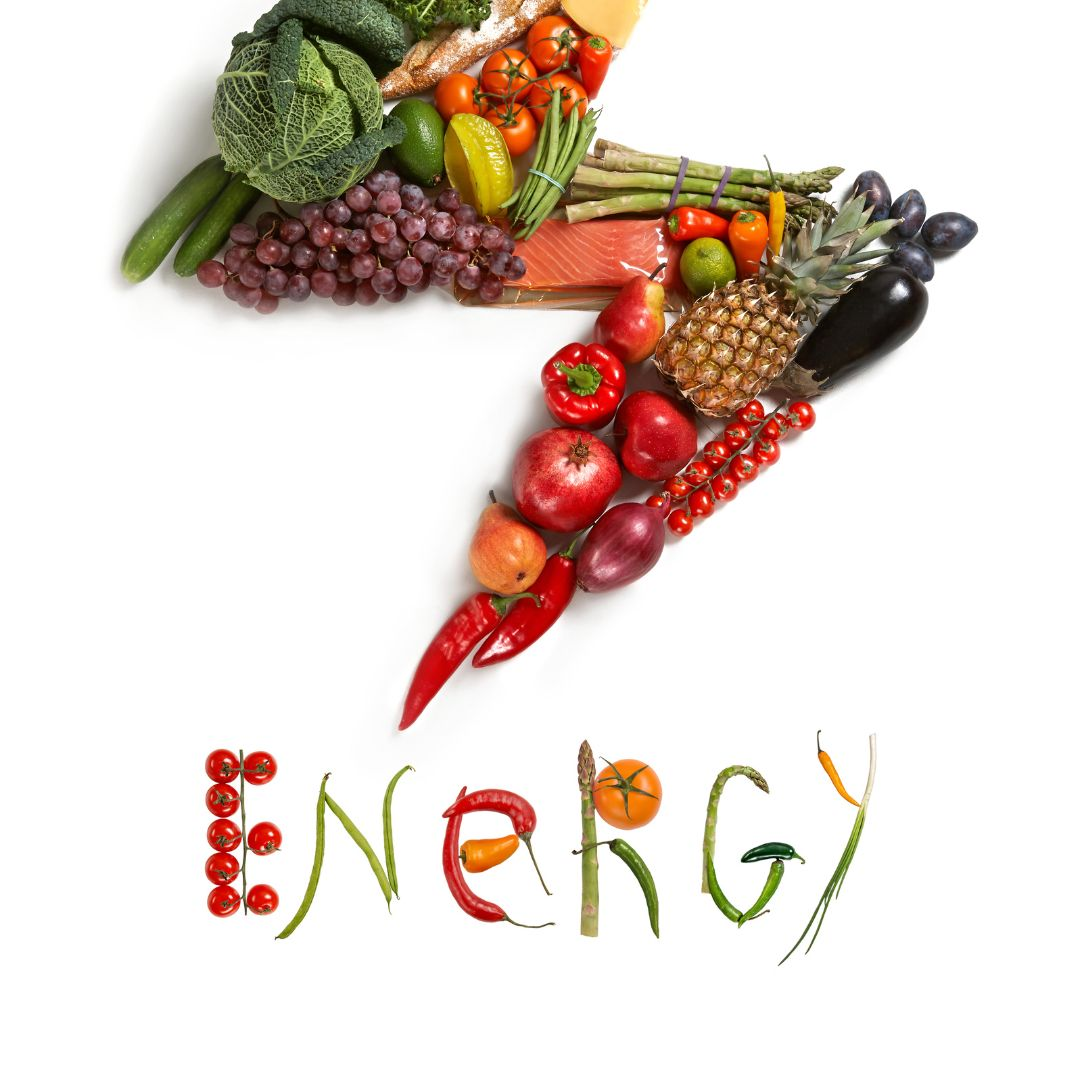If we told you that half of all adult citizens in the country have chronic diseases related to poor diet, what would you think? Given that the average American may not even be aware of his or her daily caloric requirements, it’s no wonder that the nation might be experiencing a food consumption problem.
Overweight and obesity are forms of malnutrition (WHO, 2021). To counteract malnutrition, the government puts out dietary guidelines, backed by updated scientific data to help citizens maintain and prioritize their health.
For example. Did you know that an adult should not exceed 10 and a half-ounce of grains consumed every day? This was based on current guidelines set by the U.S. Department of Agriculture and the U.S. Department of Health and Human Services.
Exercise and a healthy diet are some of the factors that contribute to our well-being. If you are not in a position to exercise regularly or if you are not satisfied with the effects of following certain diet plans; then one way for you to check your condition is by keeping track of what food you eat, when you are eating, and how much are you eating.
In this article, we will be introducing you to food journaling. We will tackle why the process itself is beneficial to you and how you can start the process!
What is a food journal and Why should you start one?

Let’s go back to the basics of the biological process of digestion. The body can break down food into its basic components - the different biomolecules (carbs, proteins, fats, and nucleic acids). What cannot be broken down is passed out of our digestive system along with metabolic wastes.
Just because the body can break down food doesn’t mean that all everything that’s been digested is beneficial to our health. Ridder et al., (2017) observed that poor diets are often associated with higher intakes of the following:
- processed foods
- sugar-sweetened beverages
- trans and saturated fats
- added salt, and sugar
While a poor diet is associated with lower intakes of fresh fruits, vegetables, nuts, and whole grains.
Malnutrition is associated with non-communicable diseases and mortality. Aside from some food items triggering allergies, foodborne diseases can also be an issue with an unrestrained diet. Some bacteria (belonging to the Campylobacter, Salmonella, and Cryptosporidium group) and viruses (norovirus and rotavirus) infect people through food and are not always identifiable in diagnostic tests with patients.
One way in avoiding a poor quality diet and its associated health risk is by tracking the food you eat. Food journals are an important method for tracking food consumption (Cordeiro et al., 2015). They can be curated to support a variety of goals. Examples include:
- Weight loss
- Healthier food choices
- Detecting nutritional deficiencies
- Identifying food allergies
- Determining foods that trigger other symptoms in diseases.
If you are still unsure as to why having your food journal is a must, here are additional reasons you should consider:
Logging in What You Eat
In essence, a food journal contains the food and beverages you consume in a given time frame. It is important to keep track of the type of food you ingest and how much of it you are taking in. Why?
Food provides energy to our bodies, however, the body has its mechanisms to keep track of the necessary energy to be used for fueling our everyday activities. If we eat too little, the body sends signals of hunger. If we eat too much, then the excess energy is stored as fat.
You may be following a three-meal plan or practicing specific diets due to your background. Regardless, maintaining this balance between hunger and satiety can help keep your body healthy — which is a major benefit of having a food journal.
To keep track of your eating cycle
Keep track of “what” kind of food you are eating and “when” you eat food in your food journal, it matters! Our eating habits can be influenced by those of our parents and our peers. Eating habits are formed during family mealtimes as well as eat-outs with classmates and co-workers.
Once you stick to an eating period, any changes in it will influence your body. Usually, the reason for having an eating period that is detrimental to your health is borne out of personal convenience. So if a change in eating behavior causes you to get sick, then adjusting it to a time window that is more beneficial to you can help you prevent it. Continue adjusting your eating times until you can find the periods that best fit your situation.
Maintaining Eating habits

Once you know what kind of food and beverages you are ingesting and you have dedicated a certain time window when you need to eat, then you are enforcing your eating habits. By enforcing eating habits, you can plan what food items to eat and when to eat them - making your own personalized diet routine.
Forming a routine can take a long time and can vary from person to person. On average, it takes 66 days for a habit to become routine according to a study by Arlinghaus & Johnston (2019). The same study also highlighted that occasional nonadherence to a specific behavior will not derail progress in forming a routine.
So do not fret if you stumble when following your food journal entries. Just make sure you try to keep up with it as much as you possibly can. If you manage to follow through with your diet routine, then you are reaping the benefits of it in the long term.
To improve your physical health

By establishing an eating routine that satisfies and fits your preferences, you are on your way to achieving the health goals you’ve set out for yourself. Being able to follow your health goals will promote your physical health directly.
If you are obese, weight loss provides many health benefits. The most prominent is a decreased risk of having cardiovascular diseases. If you are underweight, gaining weight is beneficial for preventing diseases and extending your life span. In the long run, it will contribute to your wellness. However, we have to acknowledge that starting a food journal has its difficulties.
Difficulties with Starting a Food Journal
Cordeiro et al., (2015) provided the following reasons why some individuals find it difficult to start their food journal:
- The effort required to start a journal is a major barrier
- Not knowing what and how much to enter in their journals
Some individuals are concerned about the reliability of the information available on online food databases.
- Some food categories are outright missing in these databases.
- Ingredients are difficult to know in prepared meals from restaurants, parties, and buffets.
- A variety of food can be consumed over an extended period
- Forgetting to journal
If you can get past these hurdles, then there are many benefits in store for you. If you’re interested in starting a food journal, here are some things for you to consider.
Getting started with Food Journaling

Starting a food journal is easy as getting a pen and paper. Traditionally, try noting your eating habits in a Diary. Paper diaries are used most often concerning performing self-monitoring.
One benefit of jotting down on paper is the physical output you can keep for monitoring your food intake. However, be careful that your record will not be exposed to the elements. The last thing you want is to have your record burnt or wet.
If you are afraid of these things happening, go digital! Many software were developed to emulate the journal experience on an electronic device. They are time-efficient in the way that additional features are offered to them compared to traditional note-taking. This includes putting links to online resources or attaching pictures to your digital entry.
One way to keep you engaged with your food journal is to put audio and video alongside your entries. This Audio-Video method may be a meaningful alternative to diary recording in your situation. These auditory and visual aids can help you recall information with visual aids providing easier memory recall than auditory aids.
In addition, you can opt to go for software that is specifically developed to help you with your food journaling and even provide calorie estimates on certain premium features. One example is FoodNow which helps young adults estimate energy intake.
These softwares and their premium versions can also contain databases for specific food items or have an online community that helps you with your journey to help you reach your own food journaling goals. If you have determined your means of food journaling, the next step would be to prepare your food.
Preparing your Food Plan
To keep things direct: a healthy diet is composed of macronutrients, micronutrients, and hydration in appropriate amounts to meet the physiologic needs of the body (Cena & Calder, 2020). Macronutrients provide energy to our body while micronutrients are used in our different metabolic processes.
You might have heard of the Mediterranean diet (dubbed the MedDiet). It is a diet plan that is abundant in minimally processed plant-based foods, rich in monounsaturated fat from olive oil, but lower in saturated fat, meats, and dairy products (Martinez-Gonzales et al., 2019).
In a study by Martinez-Gonzales et al., (2015) the diet was associated with curbing cardiovascular risk factors and had a favorable effect on blood pressure, insulin sensitivity, and lipid profiles, among other benefits.
You can consider this diet plan when aiming for a healthy diet plan, to begin with. Over time, you can make personal adjustments and try to look for other plans depending on your set goals.
Aside from what you are consuming, you will also need to include when you are eating. Bear in mind why you are doing this in the first place. Sticking to your personal goals helps you sustain your food journaling! To help you with your food journaling, here are some tips you should consider!
Tips in food journaling

Immediately Take Note As You Are Eating
Make it a habit since stalling it to a later time can make you forget the types of food and when you ate them. This is helpful, especially when you are in a situation where you are presented with a feast or a large banquet.
If the situation does not allow you to openly jot notes, you can always put them in the text on your phones. As soon as you can record your recent eating experience, then the more accurate your food journal entry will be.
Be Sure to Write Down Everything and Be Specific With Them
Even the tiniest grain, contains calories so do not leave any food item out of your food journal. Include quantities of the food items. Use specific measurements or proportions as much as possible; otherwise, an estimate will suffice (but it will be less accurate). Important also in the food journal entry is the time you ate. If you are on a traveling lifestyle, you might want to include time zones in your entries.
Use Graphical and Tabular Layouts to Organize your Entries
Being organized helps you keep track of your progress and helps you identify certain problem foods in your eating routines. One way to help you organize the information to put is to have a three-column table with (1) quantity or amount, (2) food item, and (3) time eaten as headings to help you quickly list your eating behavior.
If you are fond of drawing, doodles can also be used to spice up your entries. Make use of whatever you can to engage yourself with your food journal.
Be Mindful of Your Mood
Your mood can affect how you report your eating habits. This will ultimately affect your health goals.
Go Back to Your Personal Goals and Objectives!
If the going gets rough, always remind yourself why you started this journey! You can also look at the challenges you were able to overcome or contemplate the health benefits you’ve gained. This will drive you to push further, and always remember a good food journal should best fit you!
Conclusion
Malnutrition in the form of obesity is prevalent among American citizens. There is a continuous need to provide healthy options to promote the health and wellbeing of everyone!
One method to allow you to track your diet and how it affects your health is through a food journal. There are different hurdles you’ll need to overcome when you begin the process of creating a food journal but once you get past those entry barriers- the benefits are extremely fulfilling.
A food journal is detailed to an extent but more importantly, is tailor-fitted to meet your goals and is flexible enough to be adjusted to your situation! So are you ready to begin your food journaling entry?
Frequently Asked questions (FAQs)
How so I write my food diary to maintain a healthy eating habit?
To write your food diary, you should include the following:
- The date
- The time of day
- What you ate and drank
- How much you ate or drank
- Any other relevant details, such as how you were feeling at the time.
By writing down these as your headings, you can keep track of your eating habits better and make necessary changes to develop healthier eating habits!
Is having a food tracker the same as food journals?
No, a food journal and tracker are not the same. A food journal requires you to be more descriptive about your eating habits, whereas a tracker only requires you to input what you ate. Keeping a food journal takes more time than a regular good tracker. With food journals or food diaries, you can record your weight loss progress, your food sensitivities, unhealthy habits, water intake, the snacks and other meals that you eat. Food journals are great tools for someone who is trying to have mindful eating habits.
What are good portion sizes?
The USDA's ChooseMyPlate.gov website has a section on their website that is dedicated to portion sizes. They have visual examples of what counts as a half-cup, one cup, and so forth. This can help you get a better understanding of what actual portion sizes look like. Just remember that every food has its own portion size and you should see what size may be good for you. It get the best understanding of this, you should contact a registered dietitian, especially if you have an eating disorder.